
Green computing, also called sustainable computing, aims to maximize energy efficiency and minimize environmental impact in the ways computer chips, systems, and software are designed and used.
]]>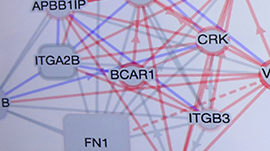
Gil Speyer, Senior Postdoctoral Fellow at the Translational Genomics Research Institute (TGen) shares how NVIDIA technology is accelerating the computer processing of transcriptomes from thousands of cells gleaned from patient tumor samples. Using NVIDIA Tesla K40 GPUs and CUDA, the scientists developed a statistical analysis tool called EDDY (evaluation of differential dependency) that examines��
]]>
Sea levels have traditionally been measured by marks on land �C but the problem with this approach is that parts of the earth��s crust move too. A group of researchers from Chalmers University of Technology in Sweden are using GPS receivers along the coastline in combination with reflections of GPS signals that bounce off the water��s surface. NVIDIA GPUs then crunch those data signals to compute��
]]>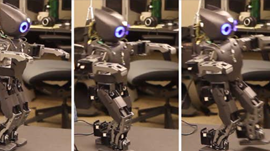
University of California, Berkeley researchers are using deep learning and NVIDIA GPUs to create a new generation of robots that adapt to changing environments and new situations without a human reprogramming them. Their robot ��Darwin�� learned how to keep his balance on an uneven surface �C and GPUs were essential for learning of this complexity. ��If we did the training on CPU��
]]>
A team of researchers from Seoul National University built a pedestrian-following service robot to drive smart shopping carts and other autonomous helpers. The performance of their initial CPU-only implementation was ��not acceptable for a real-time system�� so they now use a GPU-accelerated CUDA implementation for a 13x performance boost. Mobile robots that track a person have received��
]]>
With less than 500 North Atlantic right whales left in the world��s oceans, knowing the health and status of each whale is integral to the efforts of researchers working to protect the species from extinction. The current process is quite time-consuming and laborious. It starts with photographing right whales during aerial surveys, selecting and importing the photos into a catalog��
]]>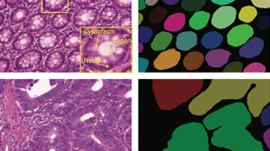
Using GPU-accelerated deep learning, researchers at The Chinese University of Hong Kong pushed the boundaries of cancer image analysis in a way that could one day save physicians and patients precious time. The team used a TITAN X GPU to win the 2015 Gland Segmentation Challenge held at the Medical Image Computing and Computer conference, the world��s leading conference on medical imaging.
]]>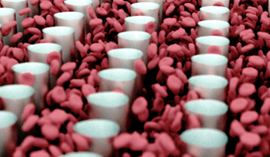
Dr. Diego Rossinelli, an ETH Zurich researcher and 2015 Gordon Bell Finalist, shares how they are relying on CUDA and Tesla GPUs to track down tumor cells that are markers of metastatic cancer. Watch Diego��s talk ��18,688 K20X��s Running after a Tumor Cell�� in the NVIDIA GPU Technology Theater at SC15: Watch Now Read more about his research at http://nvda.ly/UR7sQ Share your GPU��
]]>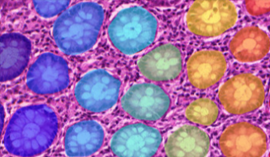
As part of the GlaS@MICCAI2015 colon gland segmentation challenge, a team of researchers introduced a machine learning-based algorithm to segment glands in tissue of benign and malignant colorectal cancer. The variability of glandular structures in biological tissue poses a challenge to automated analysis of histopathology slides. It has become a key requirement to quantitative morphology��
]]>
Cancer kills almost 600,000 people each year in the U.S. alone. Researchers from the University of Toronto are advancing computational cancer research by developing a ��genetic interpretation engine�� �C a GPU-powered, deep learning method for identifying cancer-causing mutations. Under its Compute the Cure initiative, the NVIDIA Foundation awarded the team a $200,000 research grant to further��
]]>